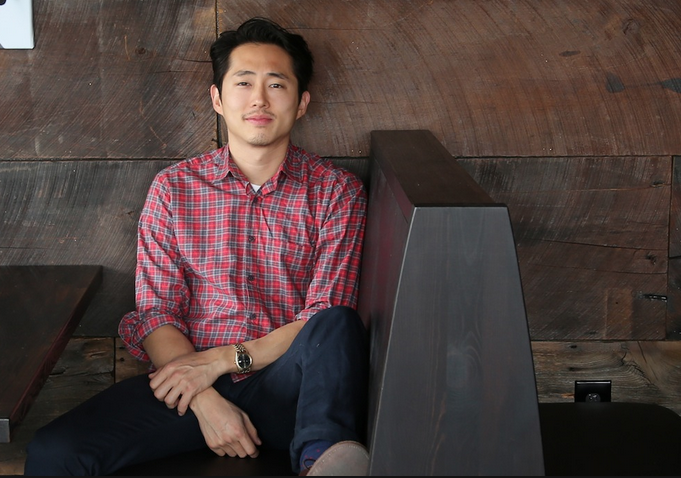by JAMES S. KIM
The story of the search for the mysterious billionaire patriarch blamed for the Sewol disaster is already bizarre enough. The largest manhunt in South Korean history had 10,000 police officers scouring religious cult compounds in an effort to capture the 73-year-old Yoo Byung-eun. Then, authorities announced recently that a body found in an apricot orchard in a rural villa last month turns out to be that of Yoo—only it’s so badly decomposed that forensic experts cannot determine how the nation’s most wanted man died. Before his demise, he had apparently managed to evade capture by hiding behind a secret wall.
Yet, as drama-ridden as all of that is, it’s really just the tip of the iceberg when it comes to the full story behind the reclusive Yoo himself and the incredible empire he built.
An extensive article by the New York Times earlier this week painted a picture of a charismatic leader and ruthless executive who consciously blended the lines of business and religion. He erected a sprawling network of companies around the world, in addition to the Evangelical Baptist Church of Korea, which is widely considered by many Christian leaders as a cult. The church also became a major source of his wealth, investigators believe, as he, his sons and associates would persuade followers to donate or invest their savings in his business holdings, according to the article.
Yoo would use his companies and church to fund a lavish lifestyle that, without context, sounds like something a certain family out of North Korea might engage in. Some particularly fascinating highlights from the NYT story include:
• Yoo’s business group consisted of over 70 companies on three continents that his family would use as a personal ATM.
• Family members, either in their own name or through companies, own at least $8 million worth of real estate in the United States alone, including a condominium at the Ritz Carlton in Manhattan. They also have the rights to be an American distributor of Debauce & Gallais, the French maker of luxury chocolates once favored by Marie Antoinette.
• In France, the Yoo family owns an entire village.
• One of the tenets of Yoo’s religious group was a focus on health, apparently stemming from Yoo’s frailty as a child. Preoccupied with cleanliness, he complained of fellow Christians’ long prayers before meals because they allowed “little white specks” of spit to land on their food.
• In 1991, Yoo was convicted of defrauding his own church members, also known as “Salvationists,” following a mass suicide of 32 individuals who had owed loans to the church they couldn’t pay back. The church still boasts 100,000 members, but their interpretation of how Christians reach salvation remains a source of controversy. One Presbyterian pastor who is an expert on fringe Korean churches described Yoo as “deified as a Moses or a messiah among his followers, and they give him money as he pleases.”
• After he emerged from prison, his family tried to reinvent Yoo as a mysterious, artistic renaissance man named Ahae. One of the family businesses then donated $1.5 million to the Louvre, which subsequently etched “Ahae” in gold on a marble wall at the museum. The Yoos and their associates forced their own businesses, including the ferry company [that owned the Sewol], to buy his photos at inflated prices, pitching them as good investments.
Of course, all the money Yoo and his family squeezed from the church and their businesses came at a cost. In one of their more damning findings, South Korean prosecutors say that so much money was being siphoned away from the ferry company to Yoo and his relatives that it was starved of funds to run the business properly. The company spent just $2 last year on safety training for the Sewol’s crew members, according to the New York Times article. Those few dollars went to buy a paper copy of a certificate.
The article noted that the surviving ferry crew members—also standing trial for charges ranging from negligence to homicide—have told authorities they did not know how to handle emergencies.
Image via Daily Mail









